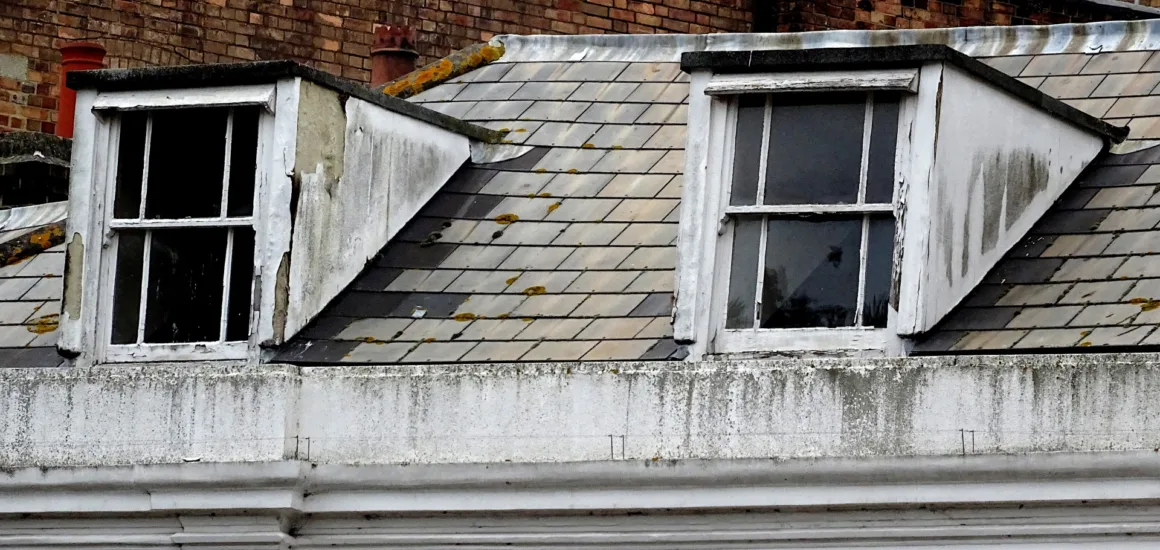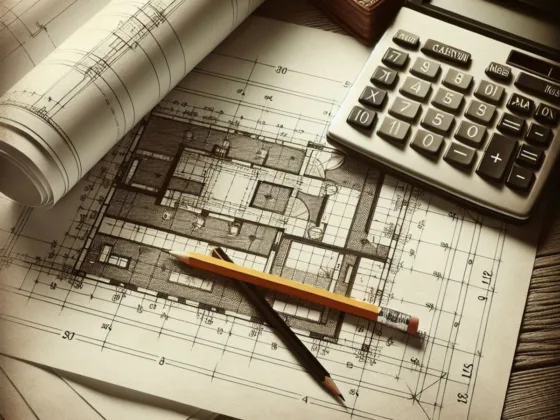Table of ContentsShow
The roof is a very important part of any home or building, providing protection from the elements and helping to maintain a comfortable interior space.
Unfortunately, roofs are not immune to damage over time due to extreme weather conditions or poor maintenance, leading to leaks that can result in costly repairs.
If you find yourself with a leaking roof, it’s important to take steps to repair it the right way. This article will provide you with a step-by-step guide for how to repair a leaky roof and prevent future damage.
Step 1: Assess the Damage
The first step in repairing a leaky roof is to assess the extent of the damage and identify what needs to be repaired. This is best done from the inside of your home or building, as this will give you a better idea of how bad the leak is and where it may be coming from.
Look for any signs of water damage such as discoloration, cracked paint, or bulging walls.
For a more detailed assessment, here are the things to consider:
- Where is the leak coming from?
- Is there any damage to the roof deck, flashing, or shingles?
- Are there any loose or missing shingles?
- Are there any worn-out sealants or cracks in the roof surface?
Once you have identified the source of the leak and assessed the extent of the damage, you can move on to step two.
Step 2: Prepare for Repairs
Before you begin repairing the roof, you will need to put in place some safety measures. Make sure you have the right tools and materials on hand, such as a ladder, hammer and nails, sealant, patching material (like tar paper), and shingles.
Depending on the extent of the damage, you may also need a tarp. If you are working on a steep roof or if it’s raining, safety equipment such as harnesses and protective eyewear is recommended.
Most homeowners can repair a leaky roof on their own, but if the task is beyond your capabilities it might be best to call in a professional. A contractor like Mighty Dog Roofing will be able to assess the extent of the damage and advise you on the best course of action for repairs.
Step 3: Make Repairs
Once you have all the necessary materials and safety measures in place, it’s time to make the repairs. Start by removing any damaged shingles and replacing them with new ones. Next, you will need to check for any loose nails or missing flashing and replace these as needed.
Next, apply a waterproof sealant to the roof deck and around all edges of the shingles. You will also need to inspect the valleys and ridge caps for any signs of damage and repair these as needed.
Finally, apply a patching material like tar paper over the area to ensure that it is completely waterproof. Once all repairs are complete, you can move on to the next step.
Step 4: Perform Maintenance
The next step in repairing a leaky roof is to perform regular maintenance to ensure that it stays in good condition for years to come. This includes inspecting the roof at least twice a year and looking for any signs of damage or wear and tear.
You should also clean the gutters and downspouts regularly to prevent water from pooling on your roof and causing damage. If you notice any leaks or signs of wear, it’s best to call in a professional to assess the situation and make repairs as necessary.
Step 5: Reapply the Sealant
Finally, you will need to reapply sealant around the perimeter of your roof and in any areas where there are gaps or cracks. This is important for preventing future leaks and keeping your roof in good condition.
If you notice any areas that need additional attention, it’s a good idea to call in a professional to make sure the job is done properly. Once everything is sealed up, your roof will be in good condition and ready to stand up to whatever Mother Nature throws it’s way.
Conclusion
Repairing a leaky roof requires careful assessment, preparation, and maintenance. Make sure you follow the steps outlined above to ensure that your roof is in good condition for years to come.
It may seem like a daunting task, but with the right tools and materials at your disposal, it can be done. If you’re ever in doubt, call in a professional to assess the situation and provide advice on the best course of action.
With regular maintenance and care, your roof will be able to protect your home for years to come.









